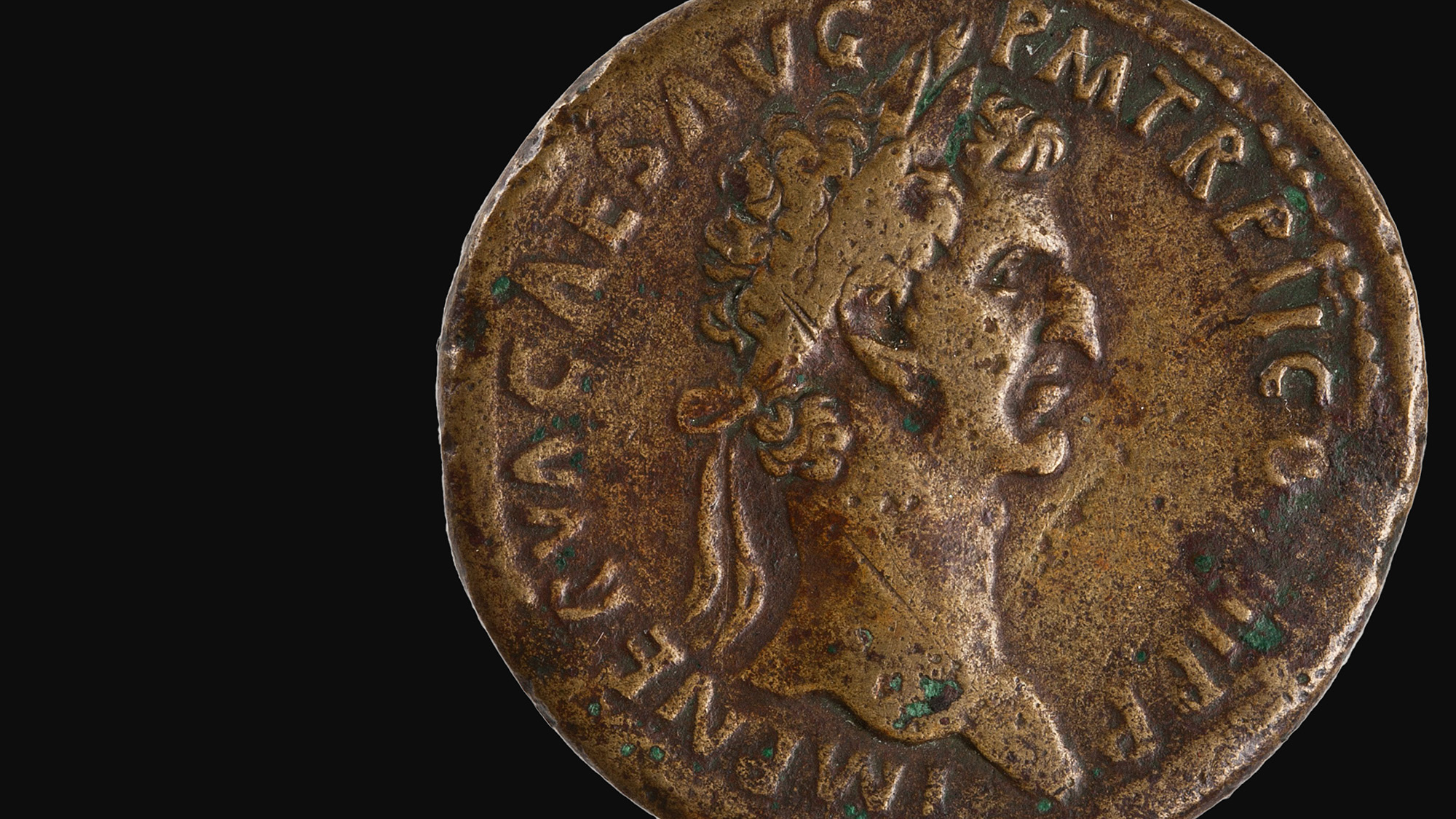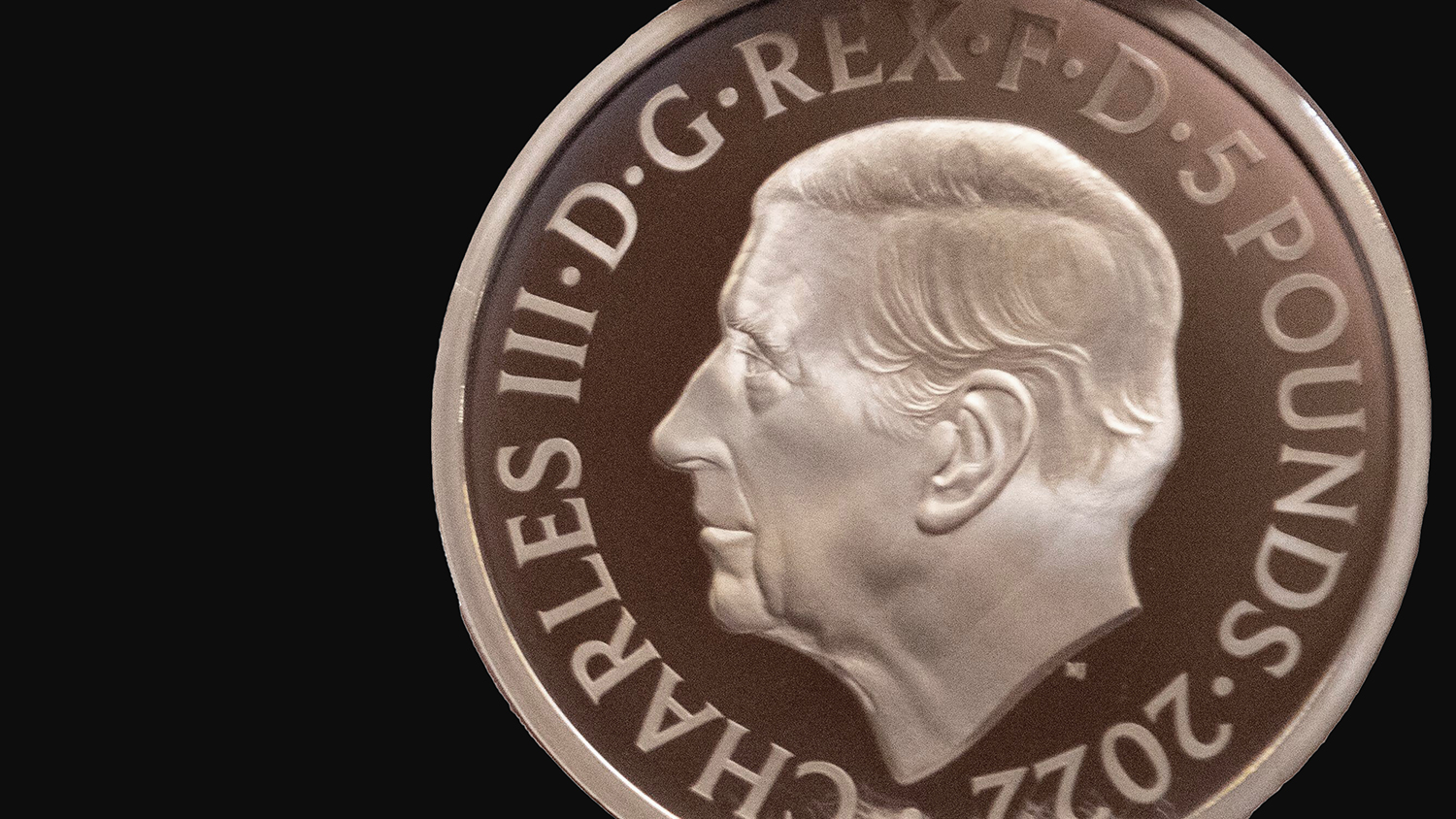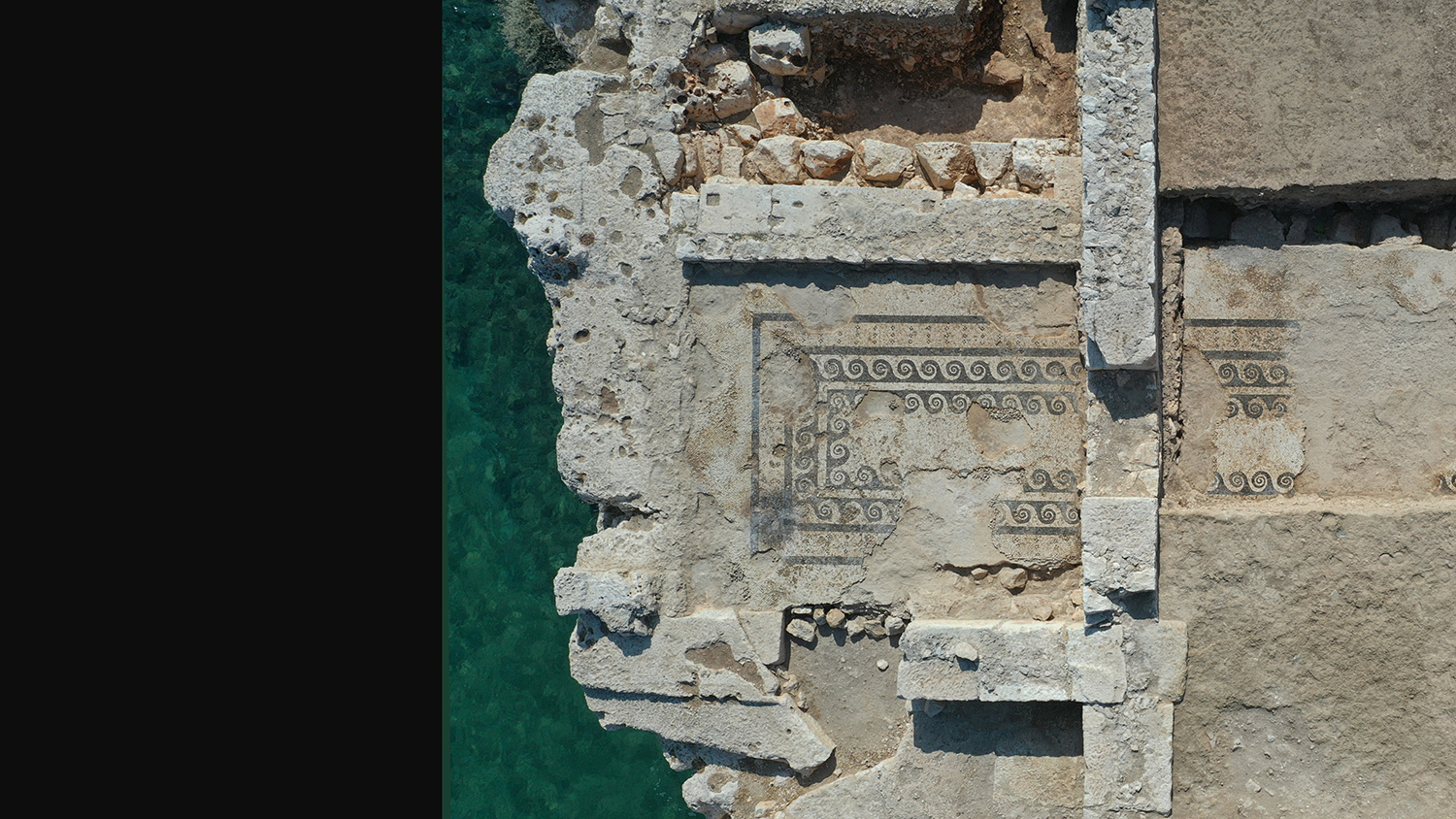Language and monetary circulation in the early United States
This study seeks to understand better the methods by which money circulated in the colonial and early Federal periods of the United States. Throughout the colonial period and into the first decades of the United States, there was a general shortage of small denomination coins. Initially, British coinage circulated to a small degree but imported Latin American silver coinage helped fill the need (though never entirely). However, for any of these coins to successfully circulate in this region, two things needed to change: the names and the values of the coins. Through primary source documents, this study finds that, as the more plentiful Latin American coinage replaced the early British coinage, the British names were applied to the latter. Even within the different colonies, these coins had various names, and they changed over time. Likewise, the colonists applied differing values to the coins that conformed to local monetary structures, which varied from region to region. Coins such as fips, levies, two-and-six, and picayune were common knowledge to people of given areas. Even after the United States dollar and small denomination coins were able to supplant the Latin American coinage, the same names and values applied to the earlier coins briefly made their way to the Federal coinage before fading away. In some remote regions of the East Coast, this early nomenclature lasted until the First World War before being entirely replaced by dollars and cents.




